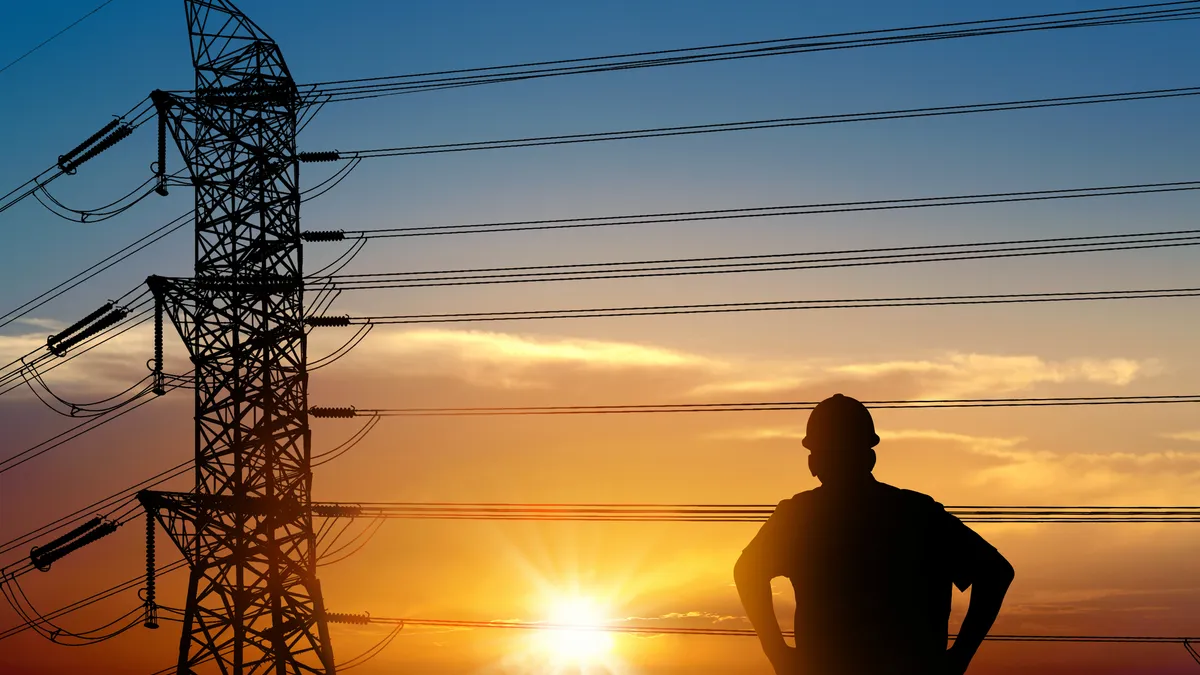Dive Brief:
- Energy Vault Holdings on Tuesday scaled back its 2023 revenue estimates after a 1-GWh customer shifted its contracting work that had initially involved the Swiss-based energy storage company directly.
- The reduced guidance reflects adjustments to its previous forecast in November due partly to “accelerated revenue recognized earlier than planned” in the fourth quarter of 2022, Robert Piconi, chairman and CEO, said in a news release. But it was “primarily due to the shift in the contracting strategy on 1-GWh of projects” where Energy Vault remains the integrator of choice while the customer is procuring the battery modules directly, he said.
- Piconi told industry analysts on an earnings conference call that “it’s still a very large deal for us.” Battery modules comprise between 55% and 70% of the deals, he said.
Dive Insight:
The company said it expects 2023 revenue to be between $325 million and $425 million, down from $534 million implied in November guidance. It said then that it expected $680 million in sales for 2022 and 2023 and it reported 2022 revenue Tuesday of $145.9 million.
Analysts surveyed by Zacks Investment Research had expected 2023 revenue of $572.8 million.
Joseph Osha, managing director and research analyst at Guggenheim Partners, said the reduced guidance is due partly to supply chain problems and a “more thorough look” by the company at its initial two-year guidance. “We were critical of them” for their long-term revenue estimate, he said in an interview Wednesday.
Companies that provide guidance to investors typically do so for one year, a more realistic time frame to estimate future financial results.
Energy Vault reported sales of $100 million in the fourth quarter of 2022, or more than two-thirds of the year’s revenue, due to an ahead-of-schedule 275-MWh battery storage project in California.
Piconi said Energy Vault is “well positioned and poised to take advantage of the industry growth tailwinds for energy storage globally and specific growth and economic accelerators in the U.S. market” driven by the Inflation Reduction Act that provides tax credits to spur zero-carbon energy projects.
The company does not include possible gains from the IRA in forecasts for cash, margin or revenue pending federal tax guidance, “but we strongly believe the legislation as intended can and will have significant benefits to our company in an outsized way,” Piconi said.
Pressed by an analyst on an earnings call, he said two projects could “garner some benefits,” depending on tax guidance by the U.S. Treasury Department.
“I would say there are some benefits that are definitely in the double-digit millions of benefit,” he said.
Piconi said how much would be realized this year or in 2024 and the mix and timing of cash and revenue benefits are open to question.
Osha said in a client note that Energy Vault’s gravity energy storage technology separates it from its many competitors “if the company can deploy successfully.”
The Energy Vault storage platform lifts and lowers composite blocks to store and dispatch electrical energy.
The first working version is under construction in China and the mechanical completion and commissioning start of electronic and power generation components is on track for the second quarter, Energy Vault said.
Osha said that’s when investors and others should know whether Energy Vault’s platform will operate reliably and cost effectively and the technology can scale. Investors are likely to wait until 2024 for other sites to come on line, and “longer still for evidence of whether it’s viable commercially,” he said.
“At this point (Energy Vault’s) gravity storage business, as interesting as it may be, remains unproven,” Osha said.















